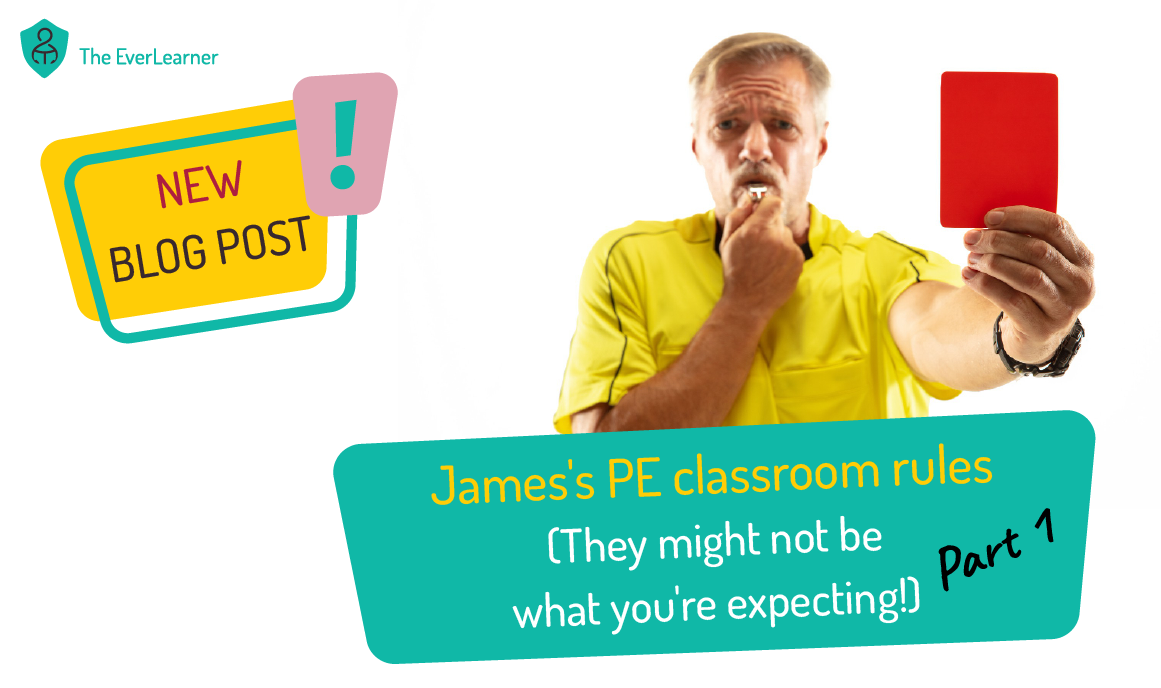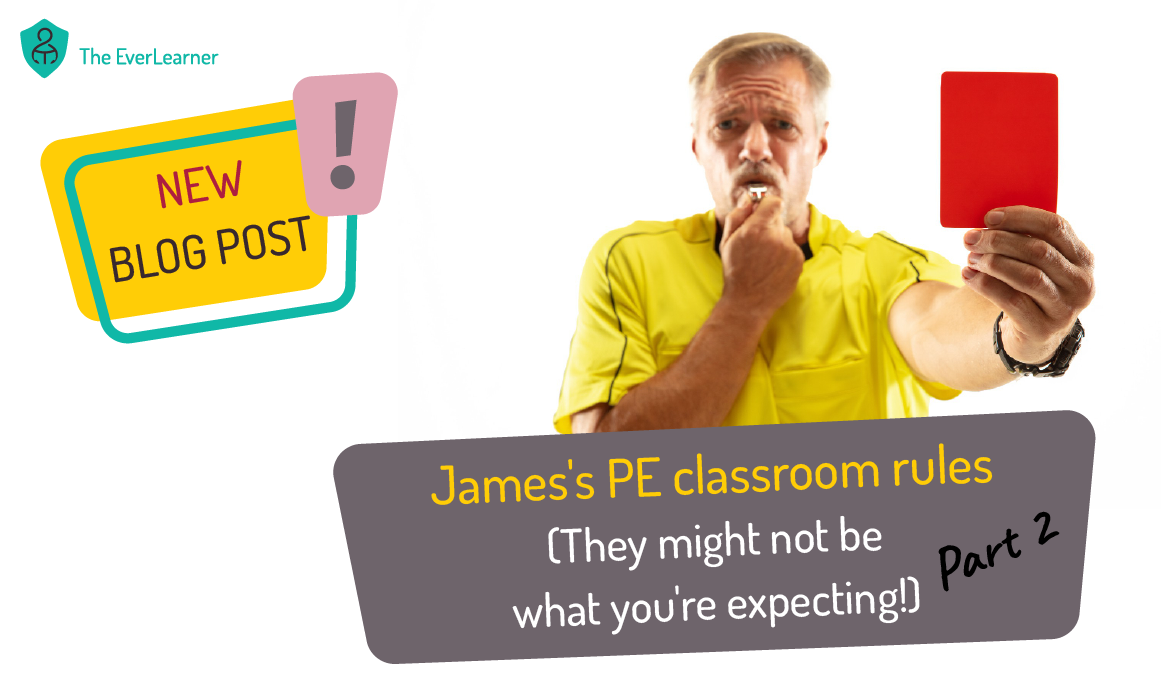James’s PE Classroom Format Part 1
I think we can all agree that naming a blog post after oneself is a little egocentric. But it gets worse. I have just named a classroom model after myself. Oh dear. It is probably a good moment for me to put my ego back in its box and rebrand my classroom. Here we go:
The mastery classroom
Many of you will have worked in mastery models in the past. Perhaps you have learned a musical instrument or been taught to juggle. In cases like these, “partial learning” is not accepted and mastery at each stage is expected. This is the case in the (my) Mastery Classroom too.
Before we break it down, let’s take a look at it below:
The mastery classroom cannot look like this:
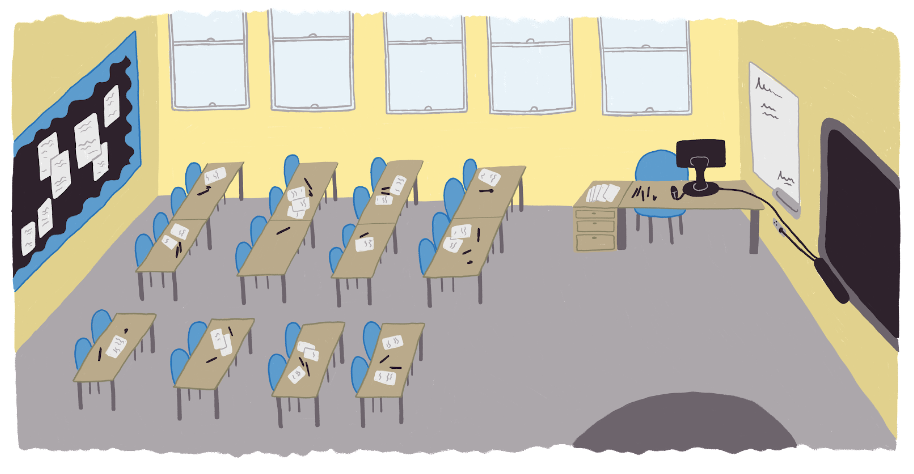 ...or like this...
...or like this...
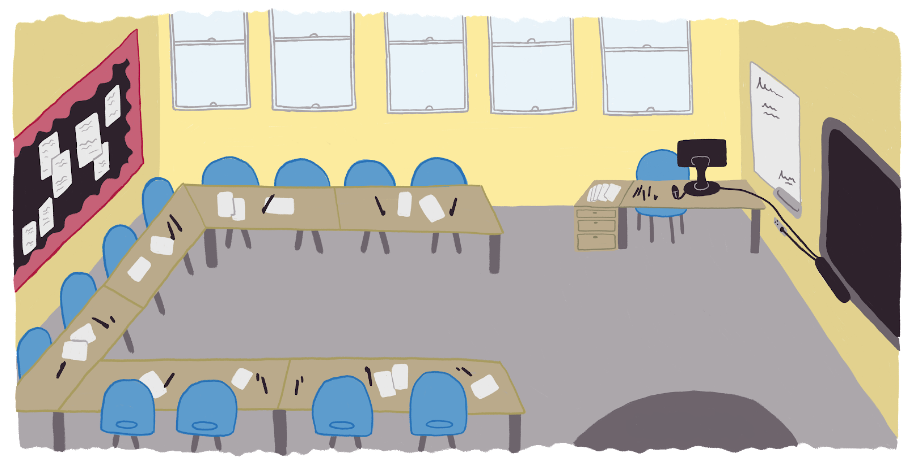 ...or like this...
...or like this...
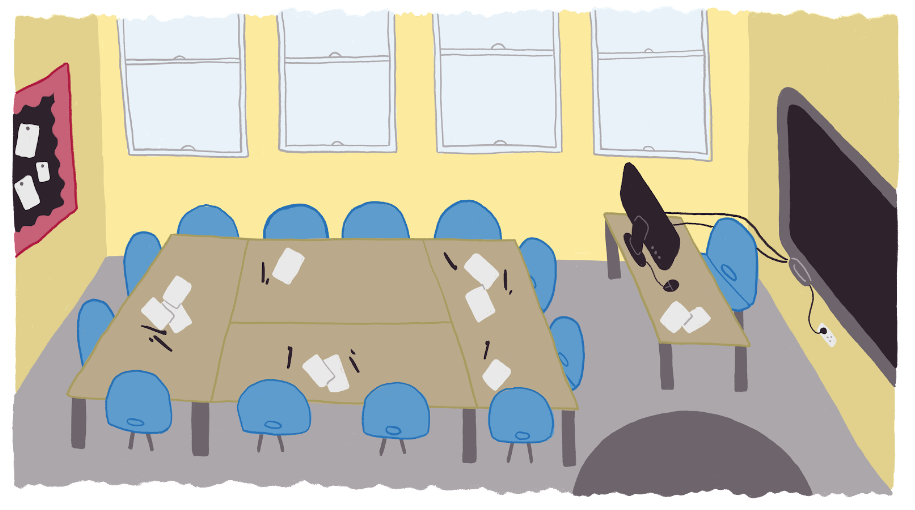
None of these classroom models is specifically designed to achieve mastery.
Instead my/the mastery classroom looks like this:
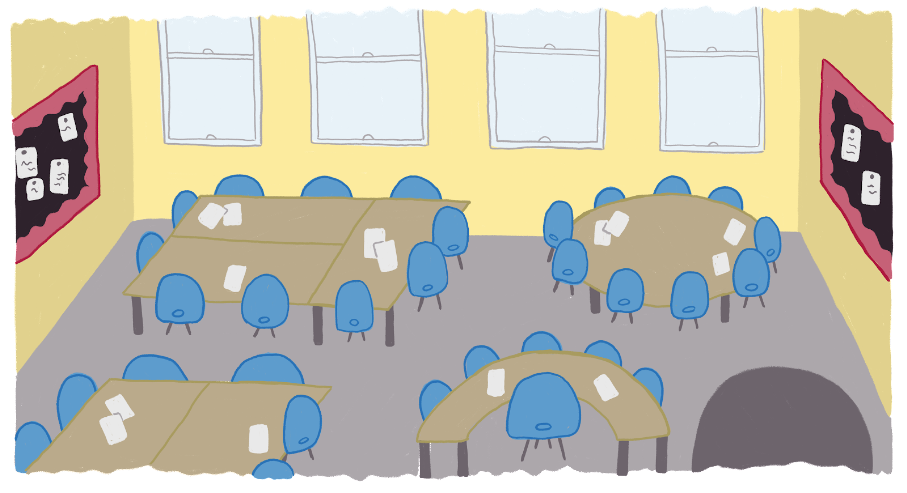
"Ooohhh!", I hear you say! Or was it more like "What a load of ****!"?
Whatever your opinion, I want you to know that this image represents my “stock classroom”. It is the format by which I structure my lessons for 60% of classroom time (please note that I am referring to 60% of the entire time spent in the classroom over an academic year, not 60% of each lesson).
Let me take my/the mastery classroom model further and give you more details:
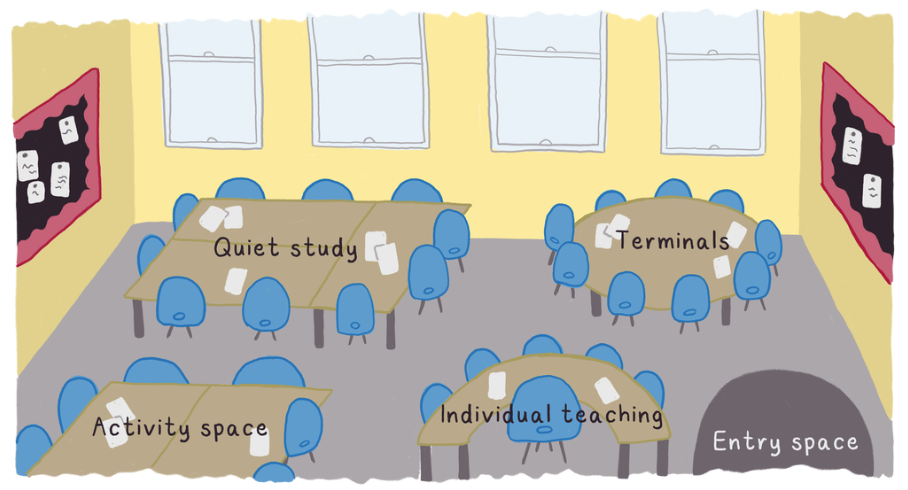
Terminals: A space where students engage with my video tutorials in an educationally tracked and reported environment as well as take quizzing in a tiered format before progressing up the assessment pyramid to exam practice.
Quiet study: A space for reading, writing, comprehension, exercises and exam skill development.
Activity space: A place where students engage with learning such as discussing, collaborating, co-writing, modelling as well as constructing and deconstructing.
Individual teaching: A space where I differentiate by “type of scaffolding” any student or small groups of students who need support.
You may interpret this classroom a little like the zoned classroom from the end of the previous blog post. To some degree, this is the case. The classroom is zoned but zones are not the aim.
You may see this classroom as massively decentralised. You may see this classroom as wild and out of control. Nothing could be further from the truth. What you see above is, in my opinion, the most controlled, transparent and, crucially, highest-performing PE classroom in the world. In fact, I am going to go further: this PE classroom format above is capable of outperforming every other classroom model currently in operation by every meaningful metric.
You may see this classroom as unattainable. You may even be right. I honestly don’t know whether what I am about to detail is only relevant to me in my teaching and learning space. I acknowledge that this might be the case but that doesn’t stop me from wanting to share it with you. I want to share with you the experience that I have in this space and, perhaps, encourage you to take elements of it and apply them in your own classroom.
(My) Mastery classroom is based on one core principle:
... but …
Variable seat time = Fixed achievement rate
Largely, this is all that matters in (my) the mastery classroom. What the classroom looks like, whether it is zoned or not, whether we use computers and so on are largely irrelevant and certainly trumped by this principle. Here it is again:
... but …
Variable seat time = Fixed achievement rate
So, let’s break this down in reference to (my) the Mastery Classroom. I am arguing that in my classroom experience, setting fixed, often one-pace-fits-all tasks is guaranteed to cause, and I really do mean cause, a variable achievement rate. So, yes, I am arguing that it is unethical in MY CLASSROOM to set these fixed seat times tasks as the majority experience because they guarantee a variable achievement rate.
Let’s use an example. Take a look at this worksheet below:
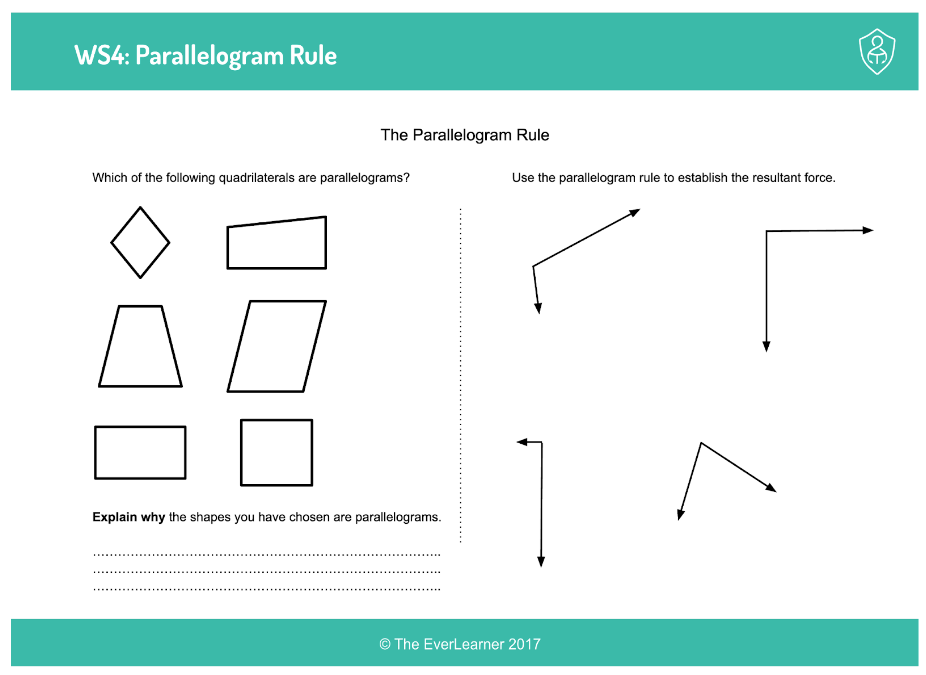
As you can see, I have been using this worksheet with learners for many years, beginning in 2017, and it is a document that helps A-level PE students develop intuition about the parallelogram rule of vector resolution in biomechanics.
Now, imagine two scenarios:
Scenario 1: I hand the worksheet out to an entire group in the horseshoe classroom format, say, and tell them they have about five minutes to finish it.
Scenario 2: This worksheet is a mastery target that students must achieve within a two-week period within my mastery classroom along with a range of other mastery tasks.
You probably already know which of these formats I prefer. Scenario 1 achieves the following:
The experience will cause – and, once again, I really do mean cause – different students to learn these concepts at varying levels of achievement and, for many students, that achievement will fall short of mastery.
Scenario 2 is different. By design, it achieves the following:
Scenario 2 is based on a further fundamental principle:
It is here that I will choose to end part 1 of this post series. I hope that I have intrigued you and made question something. In Part 2, I will detail the course structures and resource base for my/the mastery classroom and, in Part 3, I will detail the nature of learner behaviours, including behaviour management as well as the allocation of my teacher time within my/the classroom.
Thanks for reading.
James
%20Text%20(Violet).png)
